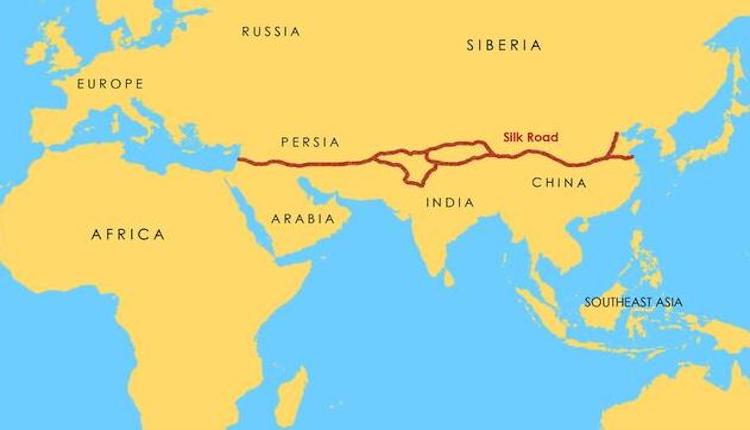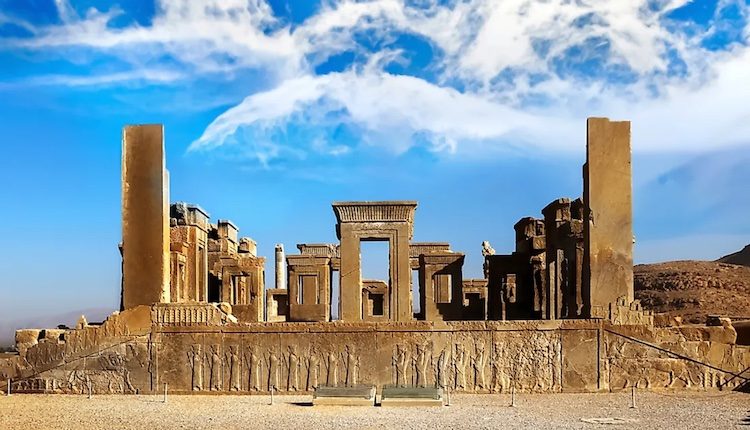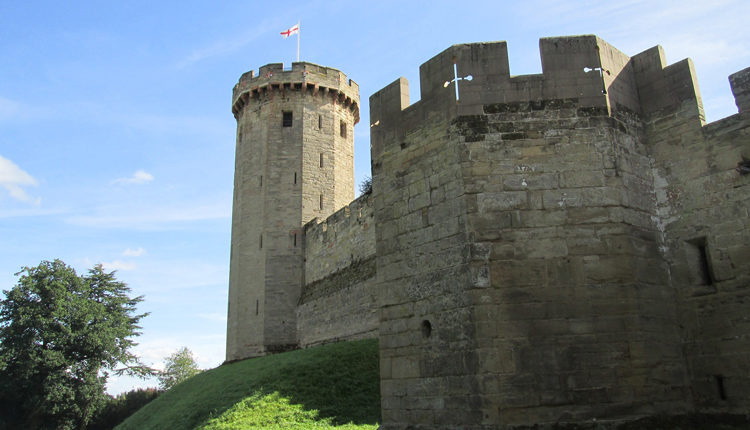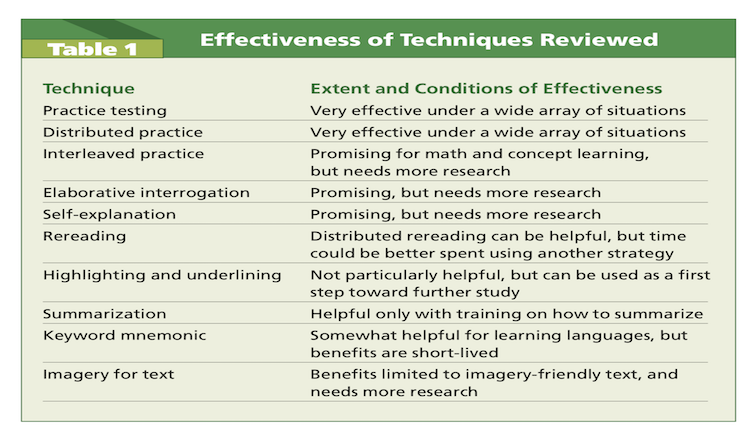When I set out to create this scheme of work based around the Silk Roads by Peter Frankopan it was with several goals in mind. One of the main goals of course was to simply expose children to ground breaking and fascinating academic history.
I am an advocate of the National curriculum. However, I also believe it has created a culture of teaching Anglo or Eurocentric history to our learners (a culture I have been a part of) when in reality they deserve to be taught a diverse history.

By this I do not mean that I think we should shoehorn diversity into a curriculum. Rather I think that we should teach a true world history whereby students are given the opportunity to explore the Middle east, Africa and the Americas without the leash that always pulls focus back to what Britain was doing or the role of Britain.
A Diverse Curriculum
These lessons, whilst about the commodities traded such as war and natural resources are more focused on the connections that the ancient world possessed.
The goal here is to create an image of the ancient world. An image of where these empires and nations did not exist in their own time and space as disparate peoples but we closely intertwined with each other. As Claire Hollis argues, a truly diverse history must be a history whereby the world is explored.
This scheme of work aims to be a foundation for the building of a truly diverse KS3 curriculum. It provides students with a geographical sense of the size of world history through the use of maps. The maps also serve as a physical tool to emphasise the nuance of connection between empires and nations along the Silk Roads.
In the words of George R. R. Martin, “we exist in a modern world that fetishizes brevity”. I think it is very easy as a history teacher, especially with the pressure of often having only two years at I think it is very easy as a history teacher to rush and teach short enquiries.
We exist in a modern world that fetishises brevity
George R R Martin
Many far smarter people than myself have influenced how these lessons have been constructed, but the emphasis on trying to build a colourful and mesmerising world through the stories students explored came from Sarah Gadd and Mike Hill.
I believe that the history our learners are exposed to is limited in scope and this hinders them in creating an accurate big picture, or schema, of world history. Mike Hill argues that for students to become immersed in a secondary world, one such as the past, there needs to be a completeness, a consistency and a colour to that world.
Using Maps showing the Silk Roads
This scheme of work was created with the intention of forming this sort of broad and mesmerising imagined past for our learners. But by drawing the focus of conceptual and substantive thought back to the map the goal was to make a large geographical scope and a wide chronological period manageable.

The whole scheme of work and the understanding of a difficult topic, relies upon the map and drawing the stories back to the practicalities of plotting the connections onto the map. It is there to help learners visualize not only scale but also the physicality of these connections. The long term goal of using a map such as this was to return to it in future topics to add additional places and people, to build a map that really emphasized world history.
Telling stories about the Silk Roads
The use of stories as a key learning vehicle was prompted by two factors. Gadd’s research into the importance of storytelling suggests that narrative function far more effectively than other methods for creating coherent substantive understanding. Stories, above all else, are accessible and engaging.
All students can follow stories from beginning to end and though these narratives have been constructed as a vehicle for the transmission of substantive content, they have also (I hope) been written in such a way as to draw students into the world they are exploring.
One potential pitfall of making lessons on the Silk Roads, which require difficult conceptual thinking and considerable buy-in from the students was that they would be too challenging. However, having taught the lessons this was surprisingly not the case. I think schools can often underestimate just how independent and capable our year 7 cohorts are when they first arrive and as such, we baby them.
Scaffolding
The goal of this scheme of work was aimed to focus heavily on the academic element of history whilst also being scaffolded in such a way as to make them accessible for all learners to achieve the same outcomes.
I have tried to model frequently on the lesson PowerPoints, though from experience of teaching these lessons I think that the use of a visualizer is an incredibly powerful tool, especially when plotting on the map with the class as what they see is a direct replica of their challenge and your verbalised thought process as the expert is the key to unlocking the learning for many students.
Improving writing
Another key challenge that is often faced by year 7 teachers is how to get students to write well and to form coherent historical arguments. Juliette Hochman’s ‘Writing Revolution’ played a significant role in the way that the thinking about the scaffolding of written tasks.
Whilst a general approach to writing and not in alignment with the ideas of writing specificity in History championed by Jim Carrol. Many of her suggestions about the building of language were helpful in addressing our misconception of assumed knowledge and proficiency with building the foundations of extended writing.
In essence we have found that many Year 7’s struggle with the transition from sentences to paragraphs. The focus of these lessons, in terms of writing, is on building confidence in our learners in the way in which they should evidence arguments.
A common misconception found at KS3, and to some extent KS4, is the inability to substantiate historical arguments with these lessons designed to give young historians the confidence to create arguments and provide supporting evidence. With this enquiry built to come at the very start of year 7, the goal was to provide a stable evidence based written foundation for young historians to progress from.





